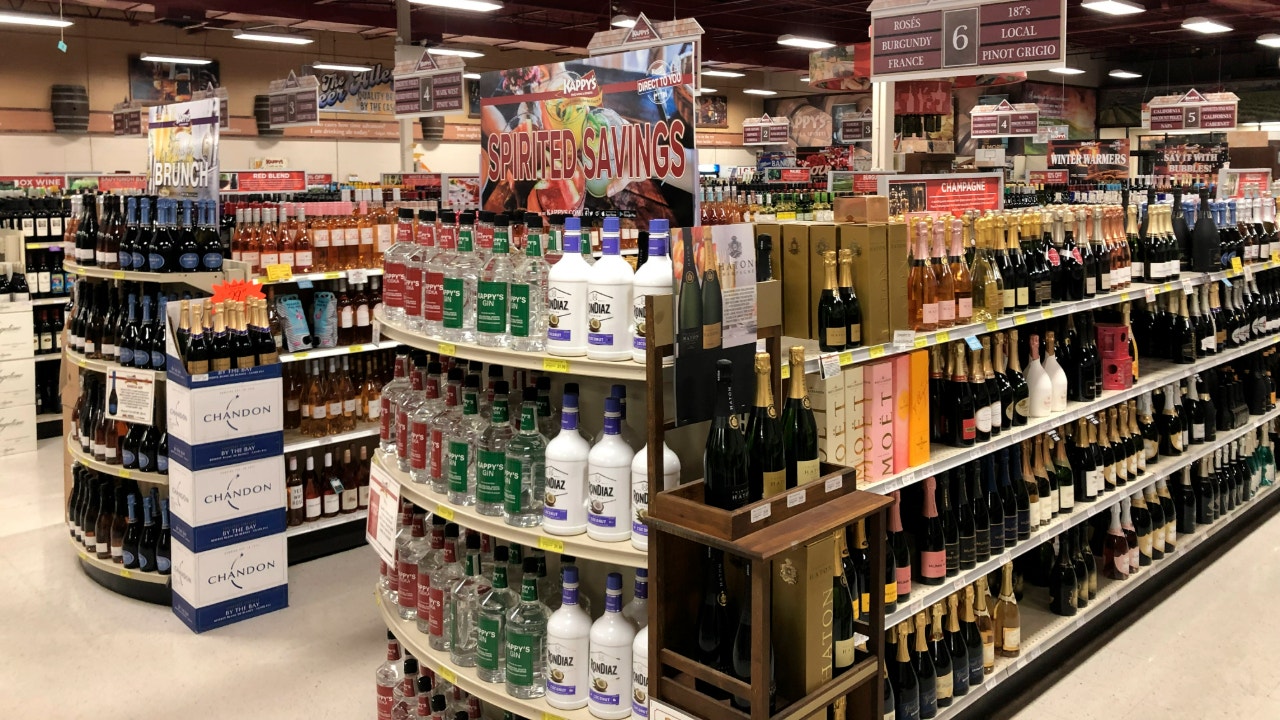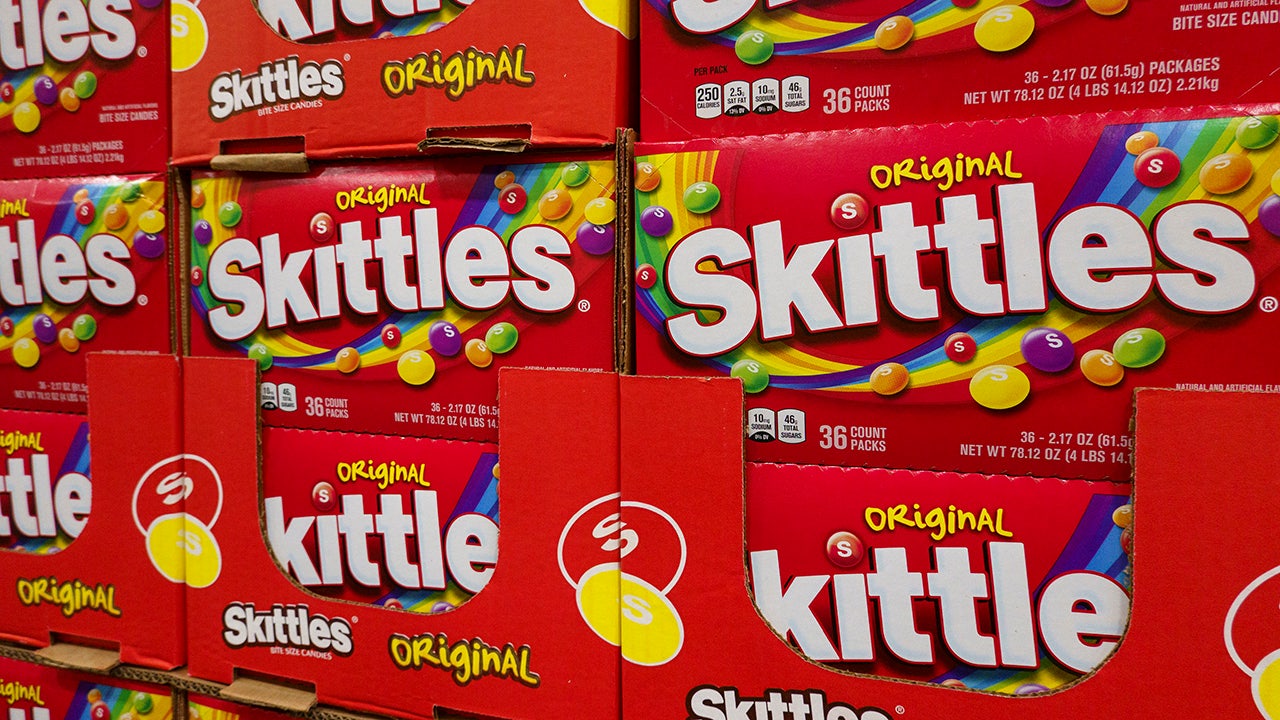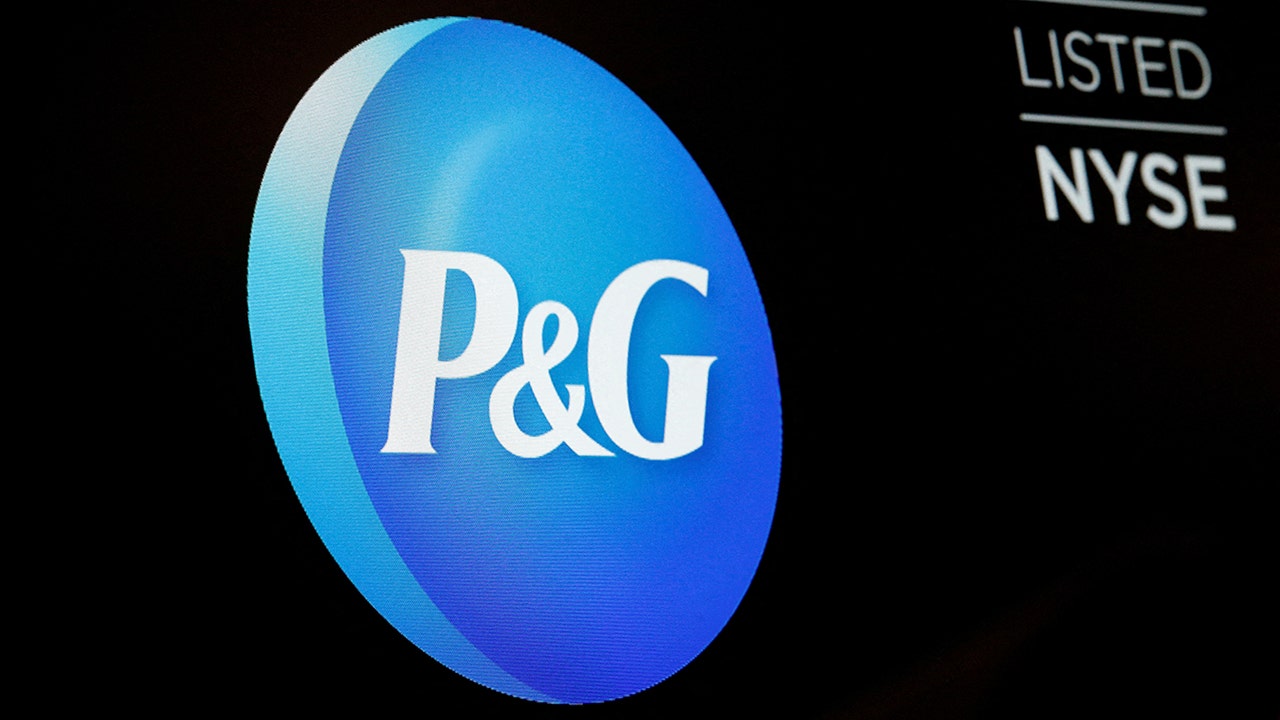There is an emerging fourth category in the beverage industry that’s becoming a pain point for traditional beer categories, but experts say it’s drumming up excitement among younger legal drinkers.
For Boston Beer Co. founder Jim Koch, this category is the area between traditional beer, traditional wine and traditional hard liquor.
“There are cool things that we can do in that space,” Koch told FOX Business. “Because we’re pretty good at making things that taste good… and putting that on some source of alcohol, either fermented or distilled or both. And I think of this as kind of the fourth category. It’s not traditional beer, traditional wine or traditional spirits.”
Dave Williams, vice president of analytics and insights at Bump Williams Consulting, says his team has been calling this space the “flavored alcohol” category, which he said includes flavored malt beverages such as Twisted Tea and Mike’s Hard Lemonade, hard seltzers such as White Claw, hard ciders and ready to drink products like High Noon, Cutwater, BeatBox and BuzzBallz.
ANHEUSER-BUSCH CEO WANTS BEER TO BE LABELED ‘AMERICAN’ MADE: I DON’T LIKE THE WORD ‘DOMESTIC’
Many companies across the industry have jumped into this so-called fourth category, including Boston Beer.
Koch cited the company’s vodka iced tea, Sun Cruiser, as an example. To do so, he said Boston Beer is using its expertise in finding new world teas, which are not grown in the traditional tea-growing areas of China, India, Kenya and Sri Lanka.
“Collectively, if you take a step back and just look at the big picture, they share a lot of the same flavor-forward attributes that just look different from a traditional beer or a traditional cocktail or a glass of wine or a sparkling wine for dinner,” Williams told FOX Business, adding, “It’s just a different look and feel. That universe, I believe, is becoming sort of its own fourth category within this beverage-alcohol world.”
Younger drinkers aren’t the only ones fueling the growth of this flavored alcohol landscape, but the brands are becoming more relevant among younger legal drinkers by revamping the look of these drinks and investing in marketing through the channels that younger drinkers interact with, like social media, and by being present at venues where younger drinkers visit, according to Williams.
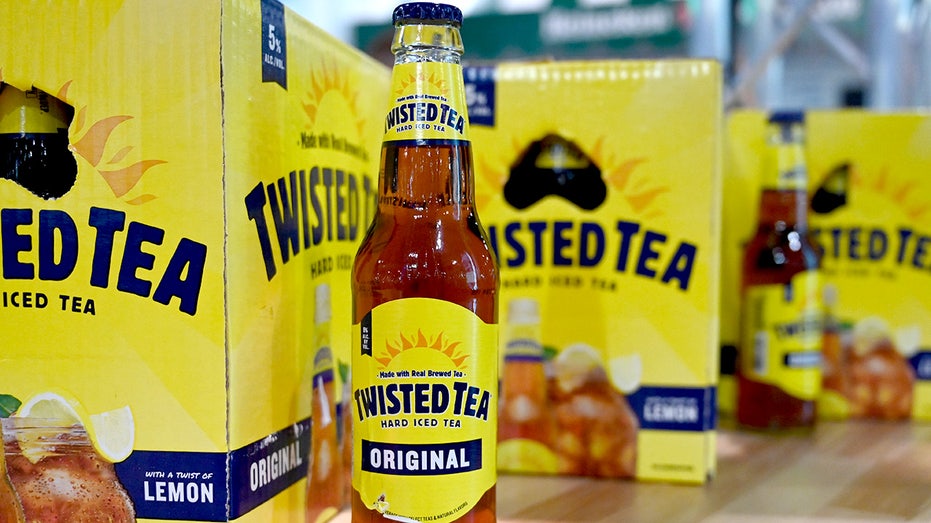
It’s not necessarily a new category, as many of these drinks, like Mike’s Hard Lemonade, have been around for a while, but it’s pulling in a “new wave” of newcomers that are bringing a new look and feel to the category.
REAL AMERICAN BEER, FOUNDED BY HULK HOGAN, AIMING TO REVITALIZE HOOTERS AFTER CHAIN’S BANKRUPTCY FILING
It gives these brands the opportunity to provide the “next wave of legal drinking age consumers a brand of their own to connect with,” Williams said. He likened it to what the “trailblazers of beer did for previous generations.”
Spirits ready-to-drink products, in particular, “continue to shake up the marketplace with both traditional beer and non-alcoholic beverages, including soft drinks and juice companies, now producing these popular spirits products,” Lisa Hawkins, spokesperson for the Distilled Spirits Council of the United States (DISCUS), told FOX Business. It continues to be the fastest-growing spirits category with sales rising 16.5% to $3.3 billion in 2024, according to data from DISCUS.
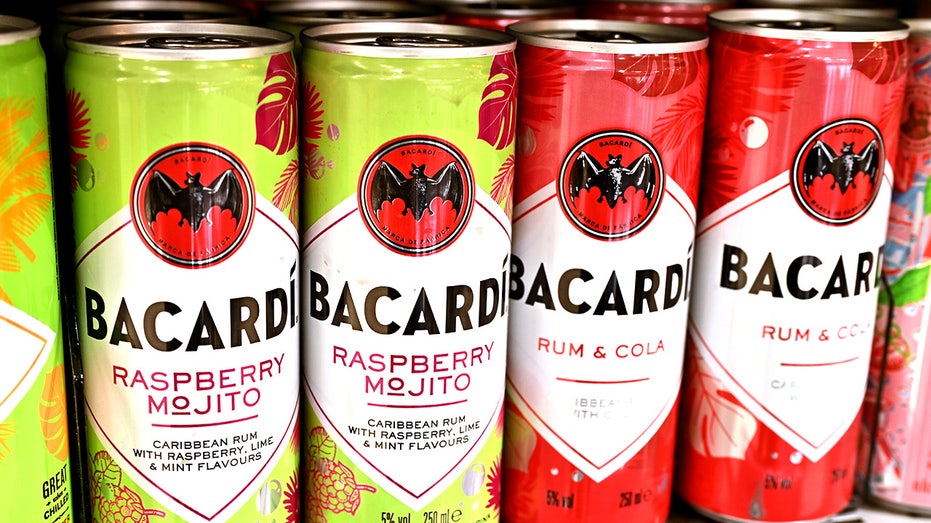
Williams said this doesn’t mean the “traditional” side of beverage alcohol will disappear overnight, especially as most of the top-selling brands are developing and investing in these types of products in order “to be a more well-rounded and relevant competitor when it comes to addressing all potential beverage alcohol occasions.”
Retailers are already allocating more space on shelves, floors and in the cold box for these in-demand categories.
To maintain market share and relevance with retailers, wholesalers are looking to diversify their portfolios, which includes expanding into categories beyond beverage alcohol, such as energy drinks, waters, soft drinks and even THC-infused products.
“We are a long way of the scales tipping from traditional to flavored in terms of overall share, so while I wouldn’t say that this is the only future of the industry, it is certainly going to be a bigger piece of it in the coming years,” Williams said.
It’s also an area that companies are using to determine whether they are competitive “when it comes to where consumer dollars and occasions are flowing,” he added.



